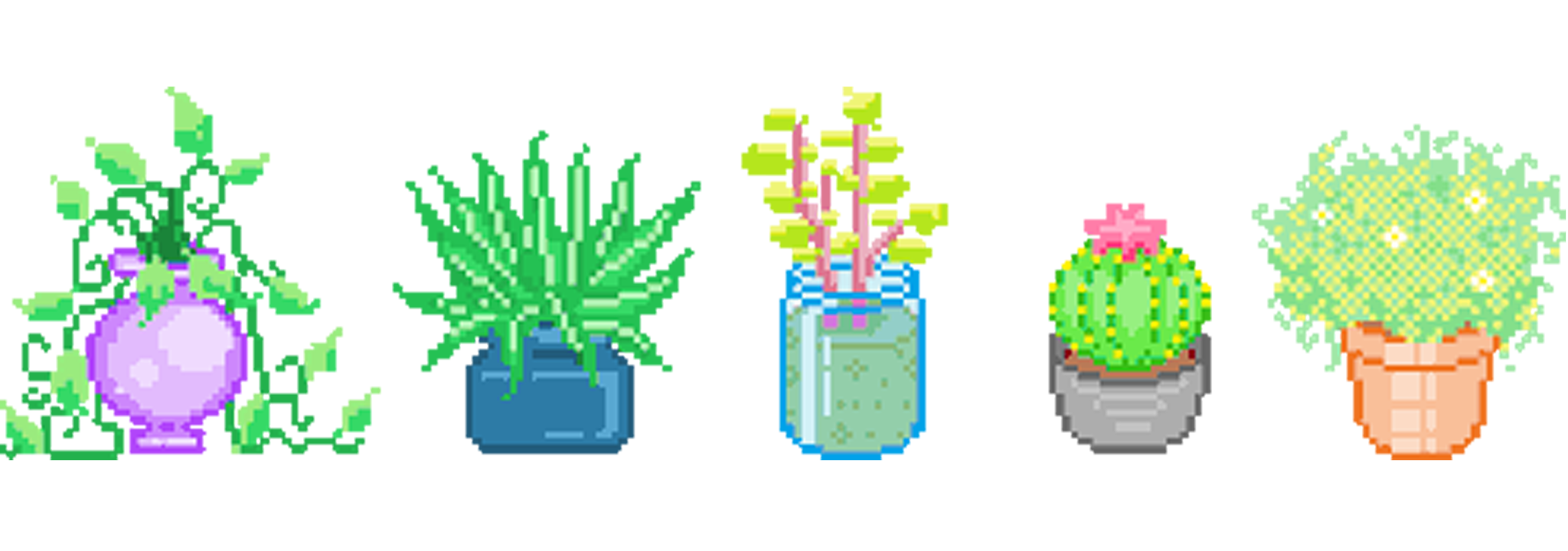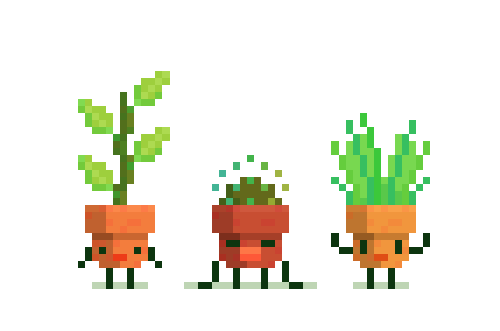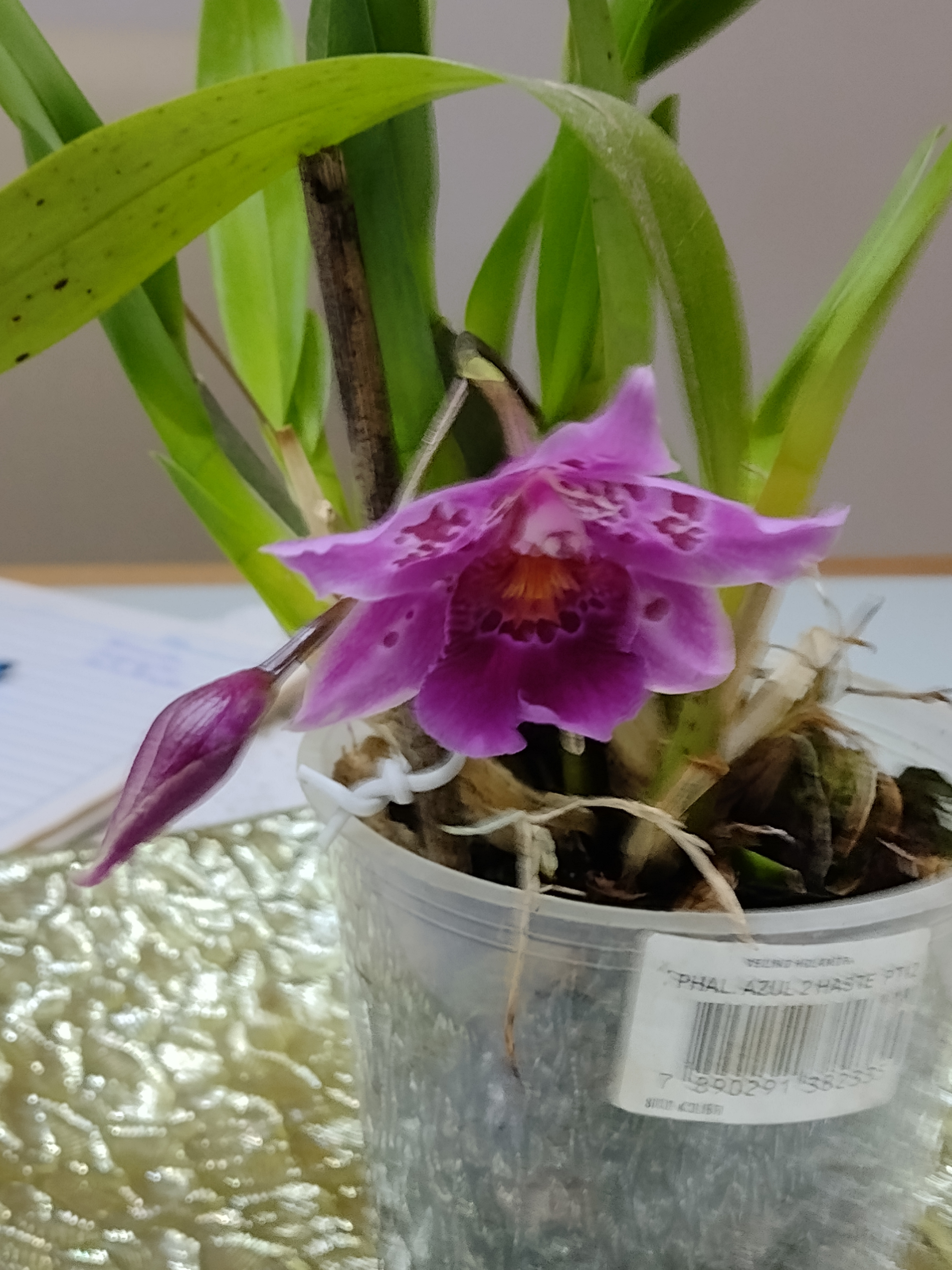It looks like a Miltonia
Houseplants
Welcome to /c/houseplants @ Mander.xyz!
In between life, we garden.

About
We're a warm and informative space for plant enthusiasts to connect, learn, and flourish together. Dive into discussions on care, propagation, and styling, while embracing eco-friendly practices. Join us in nurturing growth and finding serenity through the extraordinary world of houseplants.
Need an ID on your green friends? Check out: !plantid@mander.xyz
Get involved in Citizen Science: Add your photo here to help build a database of plants across the entire planet. This database is used by non-profits, academia, and the sciences to promote biodiversity, learning and rewilding.
Rules
- Don't throw mud. Be kind and remember the human.
- Keep it rooted (on topic).
- No spam.

Resources
Recommendations
Health
Identification
- PlantNet.org (see also: !plantid@mander.xyz)
- Seek from iNaturalist
Light Information
- GrowLightMeter
- PlantLightDB
- HouseplantJournal (Scroll down.)
Databases
- Catalogue of Life
- Perenual.com
- The Garden.org Plants Database
- Useful Tropical Plants (Interactive Database Version)
- WorldFloraOnline
- USA-NPN
- Tom Clothier's Garden Walk and Talk
- Plants for a Future
- USDA Datasets
- Permapeople.org
- Temperature Climate Permaculture: Plant Index
- Natural Capital Plant Database
- Colorado Plant Database
- SEINet
- North American Ethnobotany Database
- BCSS Field No. Lookup (collection site IDs for cacti and succulents)
- U Michigan Native Plant Database for Michigan by Region
FOSS Tools
- Common House Plants API
- HappyPlants (Monitoring App)
- PlantGeek (Care Info App)
Similar Communities
DM us to add yours! :)
General
Gardening
- !balconygardening@slrpnk.net
- !gardening@mander.xyz
- !nativeplantgardening@mander.xyz
- !gardening@lemmy.ml
- !gardening@midwest.social
- !permaculture@lemmy.world
- !tropical_plants@mander.xyz
Species
Regional
Science
Sister Communities
Science and Research
Biology and Life Sciences
- !anthropology@mander.xyz
- !biodiversity@mander.xyz
- !palaeoecology@mander.xyz
- !palaeontology@mander.xyz
Plants & Gardening
Physical Sciences
Humanities and Social Sciences
Memes

Thank you!!
Thanks to your clue, we (my mum and me) could finally find it: it's a Miltoniopsis. Both genera look really similar to each other, and that one seems to be known locally as Colombian "Miltonia".
Now we're trying to dig further into the species. I'm placing my bets on Miltoniopsis phalaenopsis.
It’s really beautiful, whatever it is
It is, indeed! I'm hoping to get better pics once it flowers again.
Finding the species was actually a big deal for this reason - raise it in conditions that trigger flowering better.
Best of luck. I tried a keeping a few of those over the years without much success. Hopefully you can do better.
I tried a keeping a few of those over the years without much success.
I have some tips, if you want:
- Native species from your area will give you an easier time. If you can't find one that you like, look for species from the same climate.
- Most of them hate soil. You'll need a proper medium to grow them; it's usually a mix of tree bark, sphagnum, and sometimes charcoal (it helps to keep nutrients for slow release)
- Light requirements also vary but most of them like indirect light.
- Typically to water them you need to also water the leaves, so it's a good idea to use a spray bottle for that.
- If you're unsure on when to water them, check when their leaves get slightly wrinkled. For me at least watering is each ~2 days now on summer, ~2 weeks on winter.
- It's easier to over-water than under-water them, so do it preferably in the morning (as excess water will evaporate).
- Once in a while it's a good idea to add some fertiliser to their water. Keep it really diluted otherwise it "burns" the plant. Usually I do this every 5th watering, so each ~10d on summer and ~2 months on winter.
